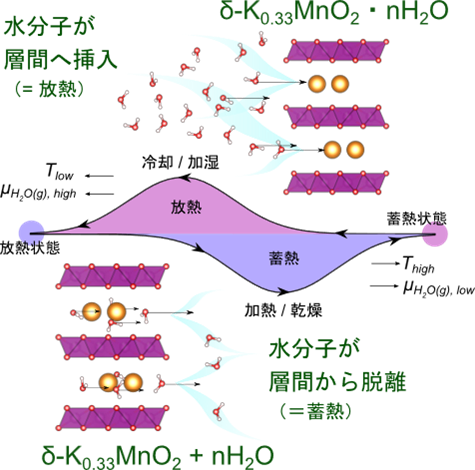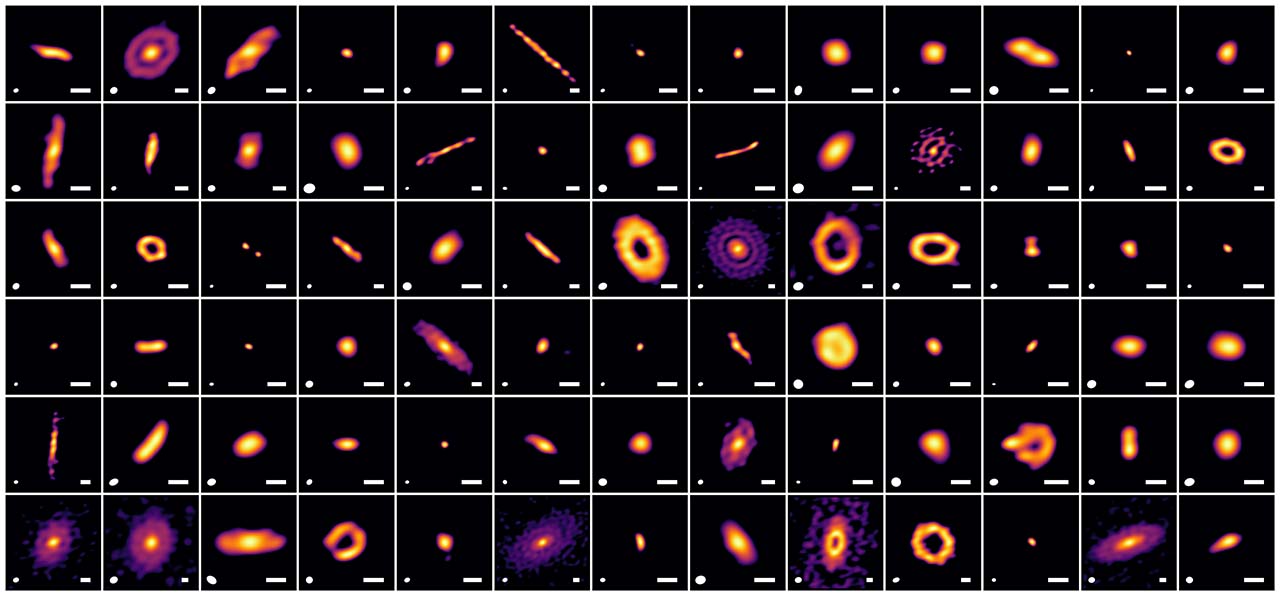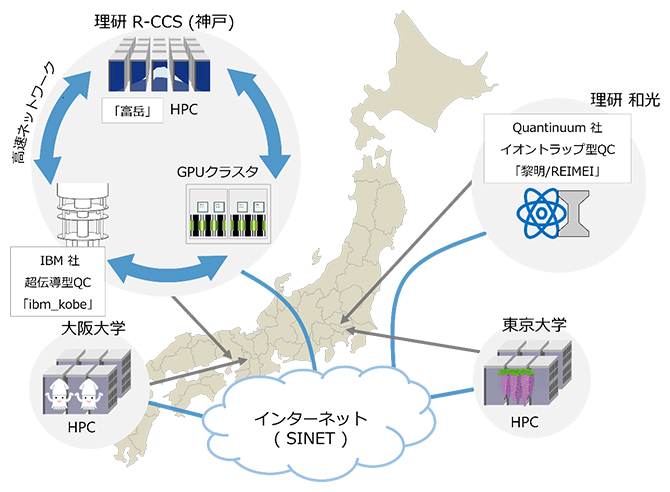2025-06-24 東北大学

図1. 層状二酸化マンガンδ-K0.33MnO2∙nH2Oの水インターカレーション反応
<関連情報>
- https://www.eng.tohoku.ac.jp/news/detail-,-id,3253.html
- https://www.tohoku.ac.jp/japanese/newimg/pressimg/tohokuuniv-press20250624_01web_nano.pdf
- https://www.nature.com/articles/s42004-025-01567-2
層状MnO2ナノシートへの表面水吸着を利用した蓄熱性能の向上 Utilizing surface water adsorption on layered MnO2 nanosheets for enhancing heat storage performance
Hiroki Yoshisako,Norihiko L. Okamoto,Kazuya Tanaka & Tetsu Ichitsubo
Communications chemistry Published:03 June 2025
DOI:https://doi.org/10.1038/s42004-025-01567-2
Abstract
Layered manganese dioxide containing K cations in-between the MnO2 layers is known to be capable of reversibly storing and releasing thermal energy through the rapid water intercalation mechanism. In this study, we demonstrate that MnO2 nanosheets exhibit superior heat storage properties by the combination of surface water adsorption and bulk water intercalation. The heat storage capacity has been experimentally increased by approximately 1.3 times by reducing the crystallite size from sub-micrometer order to a few tens of nanometers, and it is further expected to more than double by reducing it to a single nanometer. Further importantly, the charging temperature can be tuned to a lower side since the temperature range of dehydration from the MnO2 surface (below 60 °C) is lower than that from the interlayer (120–160 °C). This work gives a new pathway for low-temperature heat operation by shifting the paradigm of HSM from bulk-centered mechanisms to surface-driven processes.



